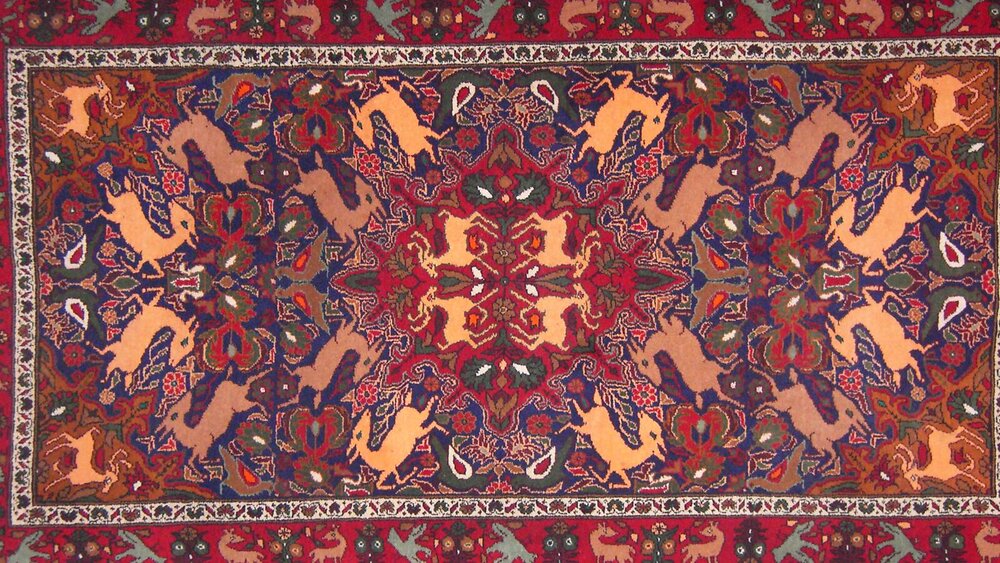Iranian handicrafts: South Khorasan carpets

TEHRAN – South Khorasan is famed for its exquisite rugs and carpets woven in various villages of the eastern Iranian province according to know-now inherited from generation to generation.
South Khorasan was a bustling hub for carpet weaning during the Timurid era (1370–1507). The Timurid dynasty also governed the city of Herat that was quite famous for its floral carpets.
The motifs and designs of Herat carpets gradually grew smaller and regular and turned into their design of today, which are still considered popular and interesting designs of South Khorasan carpets.
Some of the famous centers of carpets of this province are villages of Dorakhsh, Mood, Gask, Nowzad, Sarbisheh, Behelgard, Nowghab, Dastgerd, and most of the villages of Ghaenat region and also the city of Birjand, according to Visit Iran.
With their two-hundred-years history, these carpets decorate Astan Quds Razavi institute, many museums, and carpets museums. According to the texts of the books written by the travelers that visited Iran “the designs of these carpets are mostly flowers and bushes that are also common in Kerman. Carpets merchandises export their goods to Istanbul, Egypt, and Vienna from Mashhad. The price of an excellent 11 in 14 meters carpets woven in the Ghayen style is about twenty pounds.”
Amongst the carpet collection of Golestan Palace, is a beautiful and expensive piece of carpet that was woven about three hundred years ago in Ghayen. This carpet and similar products, which in terms of design, patterns, colors, quality, and beauty are considered quite elegant, prove the fact that in the past carpet making was at its highest level in Ghayenat. Carpets that were woven between 1924 to 1928 in the workshops of Birjand were completely known and famous for their paisley motifs, background motifs, and delicacy and color palettes in European markets, especially in West Germany.
There is another carpet in the collection of Golestan Palace that is woven in 1849 in Birjand in which a poem has been weaved saying that “the carpet is woven by the servant of the ruler of Ghahestan to cover the Golestan room”. The design of this piece is paisley that was considered popular in this region.
The most common motifs of South Khorasan carpets are: “Rizeh Mahi”, Paisley, “Robee Sa’di”, “Kaleh Asbi” or horse head, “Kheshti” or four seasons, and “Moharamat”.
“Rizeh Mahi” or small fishes, also known as “Mahi” or “Mahi e Dar Ham” in other cities. Their difference is that a diamond accompanies the flowers in the Khorasan carpets. “Robee Sa’di” that is one of the original motifs of this province and is known for its delicate paisleys.
In all of these designs, the motif of the sun represents itself in different forms which is a characteristic we find only in the carpets of South Khorasan.
Iran’s hand-woven carpets are sought after internationally for their delicate designs and good quality. A medallion pattern is arguably the most characteristic feature of all types of Persian rugs. Among Persian carpets, particularly those of the classic period, the medallion may represent an open lotus blossom with several petals.
AFM
Leave a Comment